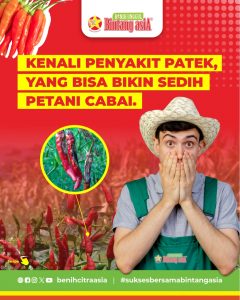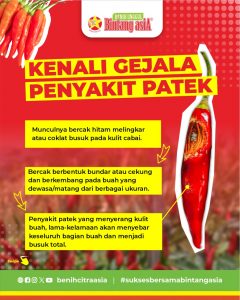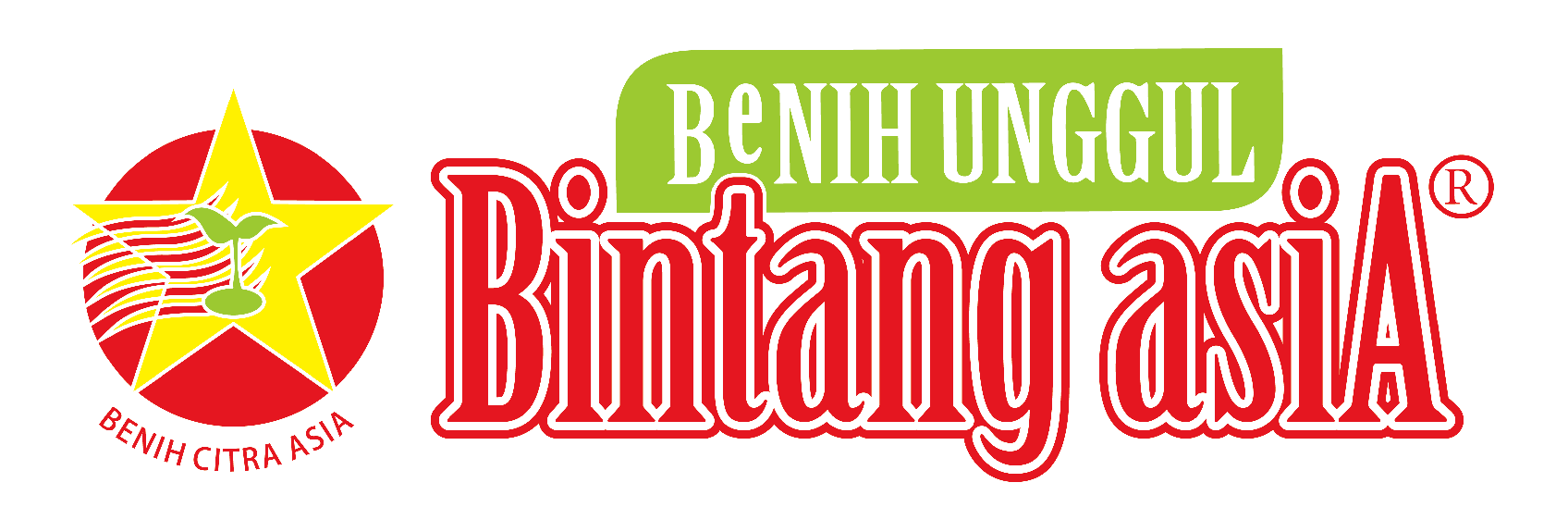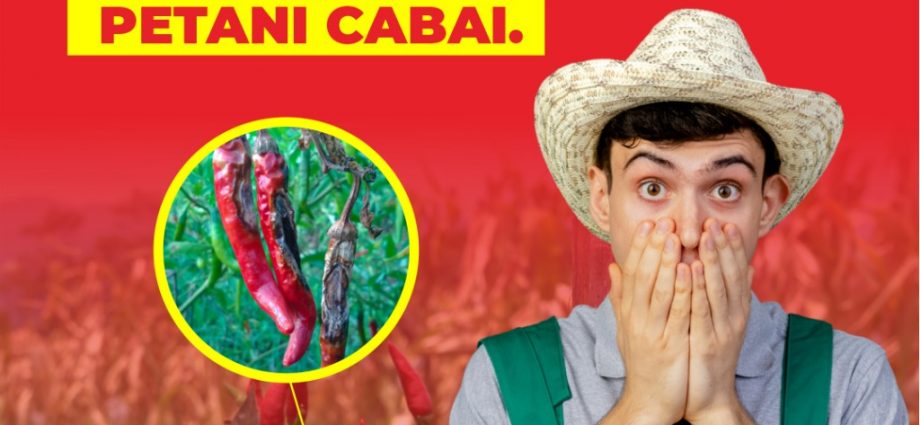Understanding Anthracnose Disease: A Concern for Chili Farmers
Anthracnose disease poses a significant threat to chili farmers, causing distress and concern within their agricultural endeavors. Familiarizing oneself with this disease is imperative for safeguarding chili crops and preserving farmers’ livelihoods. Let’s delve into the nuances of Anthracnose disease and its implications for chili farmers.

What is Anthracnose Disease?
Anthracnose disease, caused by the fungal pathogen Colletotrichum spp., is a common affliction affecting chili plants worldwide. It manifests through symptoms such as dark lesions on fruits, leaf spots, and premature fruit drop. This disease thrives in warm and humid conditions, making chili crops particularly vulnerable in such environments.
The Impact on Chili Farmers:
For chili farmers, Anthracnose disease represents more than just a challenge; it’s a threat to their economic sustainability and emotional well-being. As the disease progresses, infected chili plants suffer reduced yields, leading to financial losses and emotional distress among farmers. The persistent nature of Anthracnose exacerbates the situation, intensifying farmers’ anguish.
Symptoms of Anthracnose Disease:
Recognizing the symptoms of Anthracnose disease is crucial for early intervention and management. Farmers should be vigilant for telltale signs such as dark, sunken lesions on fruits, which may ooze fungal spores in humid conditions. Leaf spots and defoliation also indicate the presence of Anthracnose. Timely identification and action are essential to prevent extensive crop damage.

Preventive Measures:
While complete eradication of Anthracnose may be challenging, farmers can adopt preventive measures to minimize its impact. Practices such as crop rotation, maintaining proper plant spacing, and promoting good air circulation can help reduce disease incidence. Additionally, applying fungicides and practicing strict sanitation measures can aid in controlling the spread of Anthracnose.
The Role of Education and Awareness:
Education plays a pivotal role in combating Anthracnose disease. By disseminating information about the disease’s symptoms, predisposing factors, and preventive strategies, farmers can empower themselves to mitigate its impact effectively. Collaborative efforts between agricultural extension services, researchers, and farmers are essential for promoting awareness and implementing sustainable disease management practices.



Its like you read my mind You appear to know a lot about this like you wrote the book in it or something I think that you could do with some pics to drive the message home a little bit but instead of that this is fantastic blog An excellent read I will certainly be back
Hi Neat post There is a problem along with your website in internet explorer would test this IE still is the market chief and a good section of other folks will pass over your magnificent writing due to this problem
Eu simplesmente não consegui sair do seu site antes de sugerir que realmente gostei das informações padrão que uma pessoa fornece aos seus visitantes. Estarei novamente de forma constante para verificar novas postagens
Hello.This article was really remarkable, especially because I was looking for thoughts on this subject last Wednesday.
Hi Neat post There is a problem along with your website in internet explorer would test this IE still is the market chief and a good section of other folks will pass over your magnificent writing due to this problem